Synopsis
Examining the life of Wilfred Owen, today one of the most widely recognised poets of World War One.
- Programme: WWI A-Z
- Channel: BBC Two
- Broadcast year: 2014
- History | British history beyond 1066
Licence: ERA Licence required
UK only
Staff and students of licensed education establishments only
Cannot be adapted
Add Notes
More clips from WWI A-Z

A is for Archduke Franz Ferdinand | WWI A-Z
A is for Archduke Franz Ferdinand | WWI A-Z
Explanation of how the assassination of Austria-Hungary's Archduke Franz Ferdinand triggered World War One.
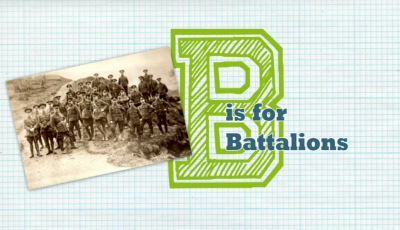
B is for Battalions | WWI A-Z
B is for Battalions | WWI A-Z
Recruitment through the formation of 'Pals' Battalions' where friends and neighbours joined up together.
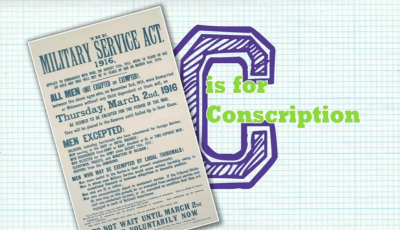
C is for Conscription | WWI A-Z
C is for Conscription | WWI A-Z
Newsreel and commentary describe how Britain introduced conscription in 1916.
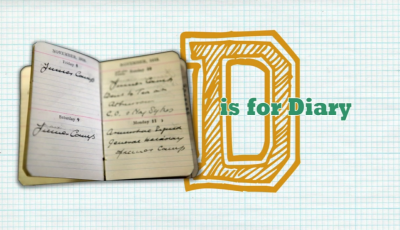
D is for Diary | WWI A-Z
D is for Diary | WWI A-Z
School pupils examine diaries written during the war years and discuss what we can learn from them.
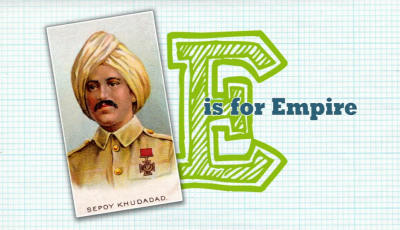
E is for Empire | WWI A-Z
E is for Empire | WWI A-Z
Newsreel and commentary explore the contribution of the British Empire to the war effort.
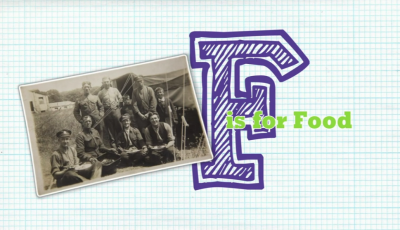
F is for Food | WWI A-Z
F is for Food | WWI A-Z
Newsreel and commentary illustrate the working of the field kitchens that supplied the British trenches in World War One.
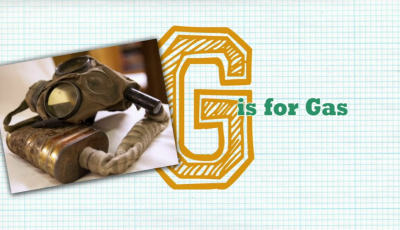
G is for Gas | WWI A-Z
G is for Gas | WWI A-Z
School pupils handle a British gas mask from the World War One period and describe its use in a gas attack.
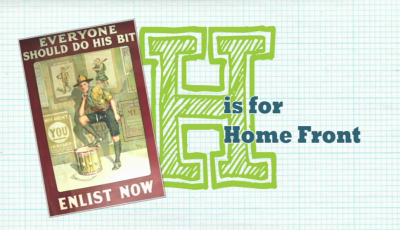
H is for Home Front | WWI A-Z
H is for Home Front | WWI A-Z
Newsreel and photographs illustrate life on the Home Front in Britain during World War One.
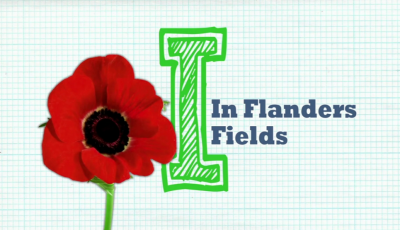
I is for In Flanders Fields | WWI A-Z
I is for In Flanders Fields | WWI A-Z
Newsreel, photographs and commentary about Lieutenant Colonel John McCrae, a Canadian field surgeon who served on the Western Front.
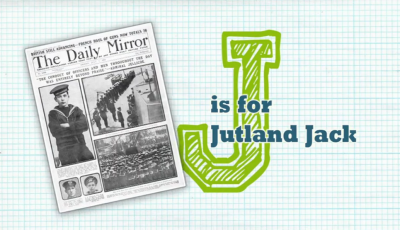
J is for Jutland Jack | WWI A-Z
J is for Jutland Jack | WWI A-Z
Newsreel and commentary about Jack Cornwell, a boy of sixteen serving on HMS Lancaster, who died at the Battle of Jutland in 1916.
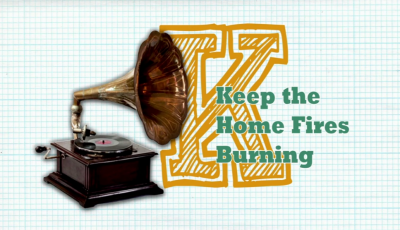
K is for Keep the Home Fires Burning | WWI A-Z
K is for Keep the Home Fires Burning | WWI A-Z
Newsreel and commentary about the role of patriotic songs in World War One.
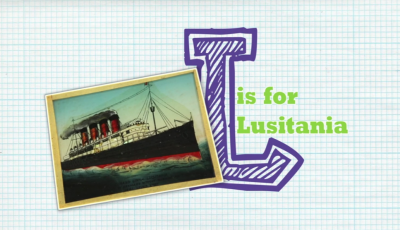
L is for Lusitania | WWI A-Z
L is for Lusitania | WWI A-Z
A German U-Boat submarine sank the Lusitania off the coast of Ireland on 7 May, with the loss of 1,202 lives.
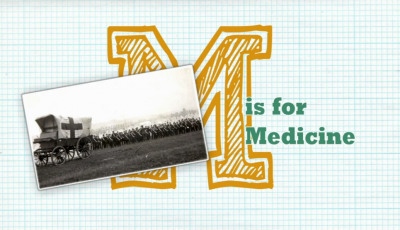
M is for Medicine | WWI A-Z
M is for Medicine | WWI A-Z
Newsreel and commentary about the advances in medicine made during World War One.
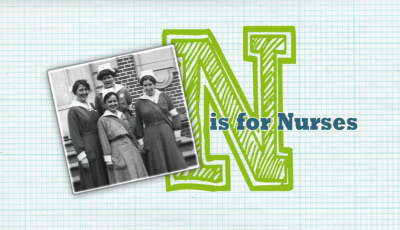
N is for Nurses | WWI A-Z
N is for Nurses | WWI A-Z
Commentary and newsreel describe the role of nurses during World War One, including the work of volunteer nurses.
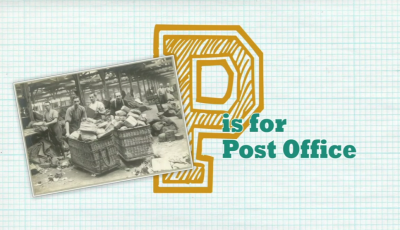
P is for Post Office | WWI A-Z
P is for Post Office | WWI A-Z
Overview of the role of the Post Office in conveying messages and parcels from home to British Tommies in the trenches.
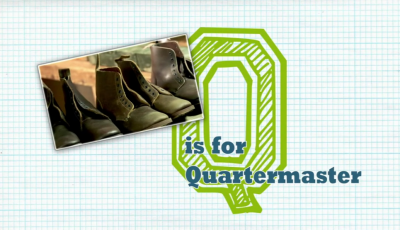
Q is for Quartermaster | WWI A-Z
Q is for Quartermaster | WWI A-Z
Newsreel and commentary examine the role of the quartermaster in keeping British troops supplied and equipped during World War One.
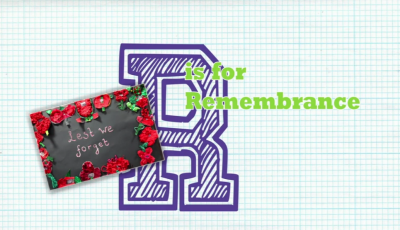
R is for Remembrance | WWI A-Z
R is for Remembrance | WWI A-Z
Schoolchildren describe the national act of remembrance that takes place on 11th November each year.
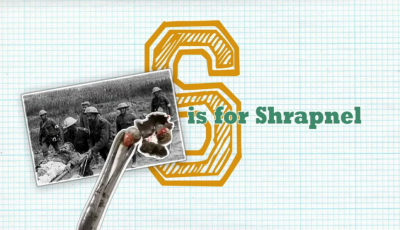
S is for Shrapnel | WWI A-Z
S is for Shrapnel | WWI A-Z
Shrapnel shells caused more injuries than any other weapon of the war years.
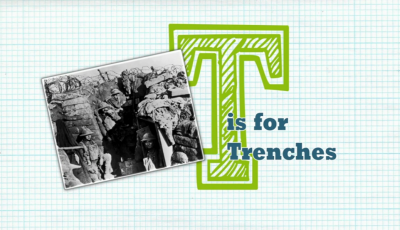
T is for Trenches | WWI A-Z
T is for Trenches | WWI A-Z
Descriptions of the conditions of British trenches on the Western Front in World War One.
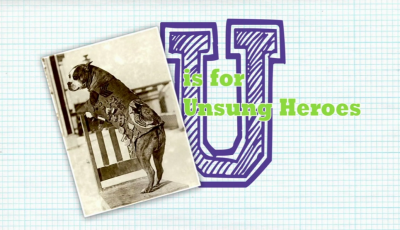
U is for Unsung Heroes | WWI A-Z
U is for Unsung Heroes | WWI A-Z
Newsreel and schoolchildren's commentary illustrate and describe the role animals played in the trench warfare of World War One.
More resources about World War I

T is for Trenches | WWI A-Z
T is for Trenches | WWI A-Z
Descriptions of the conditions of British trenches on the Western Front in World War One.

A is for Archduke Franz Ferdinand | WWI A-Z
A is for Archduke Franz Ferdinand | WWI A-Z
Explanation of how the assassination of Austria-Hungary's Archduke Franz Ferdinand triggered World War One.
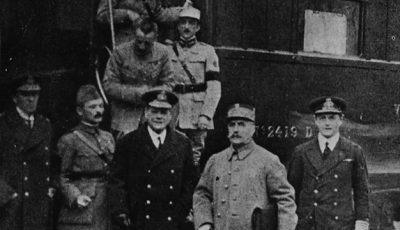
Armistice Day 1918 | Witness History
Armistice Day 1918 | Witness History
On November 11th 1918 at 11am, the guns of World War One finally fell silent. Listen to voices from the archives remembering that moment.

B is for Battalions | WWI A-Z
B is for Battalions | WWI A-Z
Recruitment through the formation of 'Pals' Battalions' where friends and neighbours joined up together.

C is for Conscription | WWI A-Z
C is for Conscription | WWI A-Z
Newsreel and commentary describe how Britain introduced conscription in 1916.

D is for Diary | WWI A-Z
D is for Diary | WWI A-Z
School pupils examine diaries written during the war years and discuss what we can learn from them.

E is for Empire | WWI A-Z
E is for Empire | WWI A-Z
Newsreel and commentary explore the contribution of the British Empire to the war effort.

F is for Food | WWI A-Z
F is for Food | WWI A-Z
Newsreel and commentary illustrate the working of the field kitchens that supplied the British trenches in World War One.

G is for Gas | WWI A-Z
G is for Gas | WWI A-Z
School pupils handle a British gas mask from the World War One period and describe its use in a gas attack.

H is for Home Front | WWI A-Z
H is for Home Front | WWI A-Z
Newsreel and photographs illustrate life on the Home Front in Britain during World War One.

I is for In Flanders Fields | WWI A-Z
I is for In Flanders Fields | WWI A-Z
Newsreel, photographs and commentary about Lieutenant Colonel John McCrae, a Canadian field surgeon who served on the Western Front.

J is for Jutland Jack | WWI A-Z
J is for Jutland Jack | WWI A-Z
Newsreel and commentary about Jack Cornwell, a boy of sixteen serving on HMS Lancaster, who died at the Battle of Jutland in 1916.

K is for Keep the Home Fires Burning | WWI A-Z
K is for Keep the Home Fires Burning | WWI A-Z
Newsreel and commentary about the role of patriotic songs in World War One.

L is for Lusitania | WWI A-Z
L is for Lusitania | WWI A-Z
A German U-Boat submarine sank the Lusitania off the coast of Ireland on 7 May, with the loss of 1,202 lives.

M is for Medicine | WWI A-Z
M is for Medicine | WWI A-Z
Newsreel and commentary about the advances in medicine made during World War One.

Mission Incompetent: The Black Hand Gang | Horrible Histories
Mission Incompetent: The Black Hand Gang | Horrible Histories
The Black Hand Gang worked together to assassinate Archduke Franz Ferdinand of Austria, and thus trigger a chai...

N is for Nurses | WWI A-Z
N is for Nurses | WWI A-Z
Commentary and newsreel describe the role of nurses during World War One, including the work of volunteer nurses.

P is for Post Office | WWI A-Z
P is for Post Office | WWI A-Z
Overview of the role of the Post Office in conveying messages and parcels from home to British Tommies in the trenches.

Q is for Quartermaster | WWI A-Z
Q is for Quartermaster | WWI A-Z
Newsreel and commentary examine the role of the quartermaster in keeping British troops supplied and equipped during World War One.

R is for Remembrance | WWI A-Z
R is for Remembrance | WWI A-Z
Schoolchildren describe the national act of remembrance that takes place on 11th November each year.
